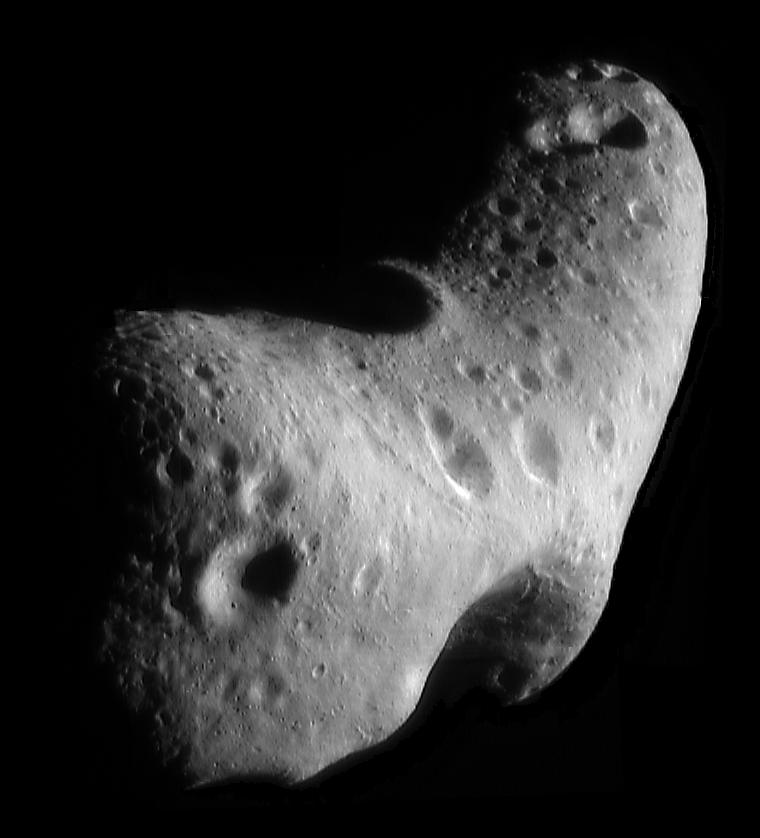Focus On: (120347) Salacia
Name origin: Roman Goddess of salt water and wife of Neptune. Salacia was the personification of the calm and sunlit aspect of the sea (although she may also have represented the gushing and overbearing waters). Name means “the salty one”.
Focus On: (120347) Salacia Read Post »










